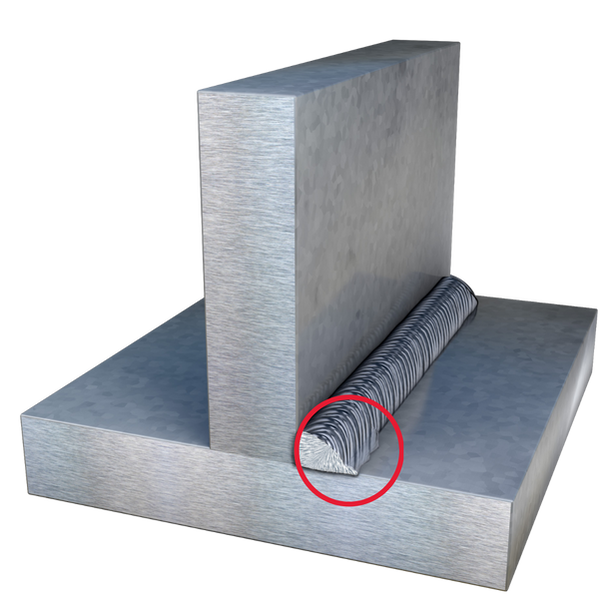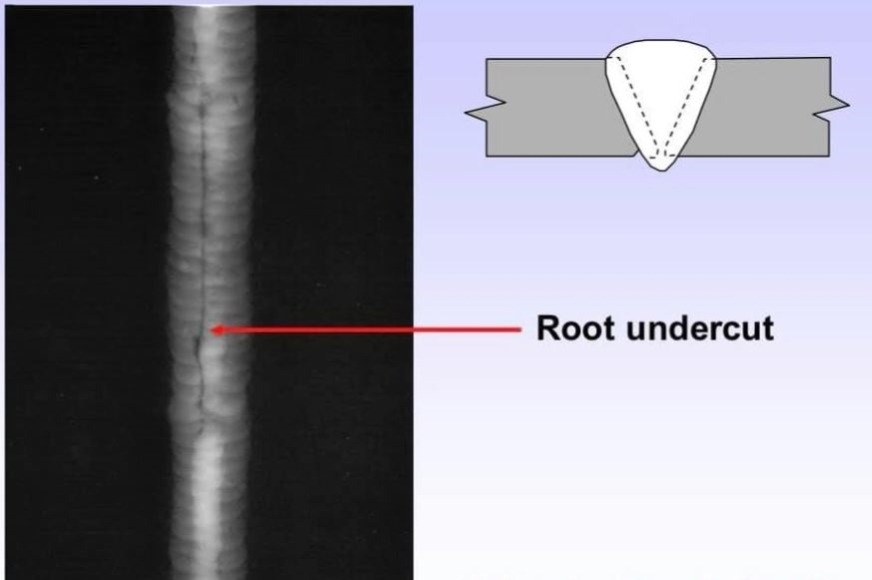Ideal Practices for Preventing Weld Undercut: Understanding the Essentials
Ideal Practices for Preventing Weld Undercut: Understanding the Essentials
Blog Article
Understanding the Art of Welding: How to Prevent Undercut Welding Issues for Flawless Manufacture Results
By comprehending the root causes of undercut welding and applying efficient strategies to stop it, welders can raise their craft to new levels of excellence. In the quest of remarkable fabrication outcomes, understanding the art of welding to stay clear of undercut issues is not just a skill but a need for those aiming for perfection in their job.
Comprehending Undercut Welding

To protect against undercut welding, welders need to guarantee correct welding parameters, such as readjusting the current, voltage, traveling speed, and preserving the appropriate electrode angle. Additionally, making use of the ideal welding technique for the certain joint configuration is important. Employing weaving movements or backstepping strategies can aid make certain proper weld steel deposition and lower the probability of undercut formation. Routine inspection of welds throughout and after the welding procedure is likewise important to catch any type of undercut very early and make needed changes to stop more defects. Preventing weld undercut. By understanding the reasons of undercut welding and applying safety nets, welders can attain high-quality, structurally sound welds.
Root Causes Of Undercut in Welding
Recognizing the factors that add to undercut in welding is essential for welders to create high-grade, structurally sound welds. Undercutting takes place when the weld steel does not properly load the groove formed between the base steel and the previously deposited weld steel. A number of aspects can bring about damage in welding. One usual cause is extreme heat input. Welding at heats for extended periods can result in the base metal thawing even more than desired, leading to damage. Poor welding current or incorrect welding rate can also contribute to damage. Inadequate current might not supply enough warm to melt the base and filler steels properly, while extreme rate can avoid proper blend, causing undercut. Additionally, improper electrode angles or inaccurate torch adjustment strategies can create locations of reduced next page weld steel deposition, advertising undercut. Understanding these causes and executing correct welding strategies can help avoid damaging problems, ensuring resilient and strong welds.
Strategies to Prevent Undercutting

To reduce the danger of undercutting in welding, welders can employ strategic welding strategies intended at improving the high quality and integrity of the weld joints. Additionally, making use of the proper welding strategy for the certain joint setup, such as weave or stringer beads, can add to lowering damaging.
Utilizing back-step welding techniques and managing the weld grain profile can likewise aid distribute warm evenly and reduce the threat of undercut. Regular assessment of the weld joint throughout and after welding, as well as executing top quality guarantee steps, can assist in resolving and spotting damaging concerns promptly.
Significance of Appropriate Welding Criteria
Selecting and maintaining proper welding criteria is essential for achieving successful welds with very little issues. Welding criteria refer to variables such as voltage, current, travel speed, electrode angle, and protecting gas circulation price that straight influence read the welding procedure. These criteria must be carefully readjusted based upon the sort of Homepage product being bonded, its density, and the welding strategy used.
Correct welding criteria make certain the right amount of heat is related to melt the base steels and filler product evenly. If the criteria are established also high, it can bring about too much warmth input, creating burn-through, distortion, or spatter. On the other hand, if the parameters are too low, insufficient blend, absence of penetration, or undercutting might take place.
High Quality Assurance in Welding Operations

Final Thought
Finally, mastering the art of welding calls for a complete understanding of undercut welding, its reasons, and techniques to stop it. By guaranteeing proper welding criteria and executing quality control practices, remarkable construction results can be accomplished. It is important for welders to consistently aim for excellence in their welding procedures to avoid undercut problems and produce high-grade welds.
Undercut welding, a typical issue in welding processes, takes place when the weld metal does not properly fill up the groove and leaves a groove or depression along the bonded joint.To prevent undercut welding, welders must ensure appropriate welding criteria, such as adjusting the present, voltage, traveling speed, and keeping the correct electrode angle. Insufficient welding existing or incorrect welding speed can also contribute to damage.To mitigate the danger of damaging in welding, welders can use tactical welding methods intended at boosting the quality and stability of the weld joints.In verdict, understanding the art of welding requires a complete understanding of undercut welding, its reasons, and strategies to prevent it.
Report this page